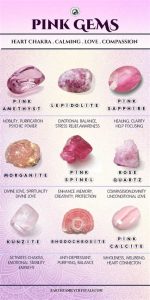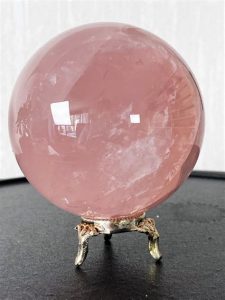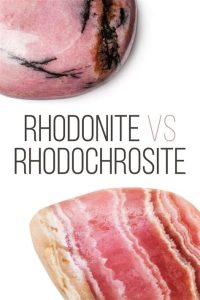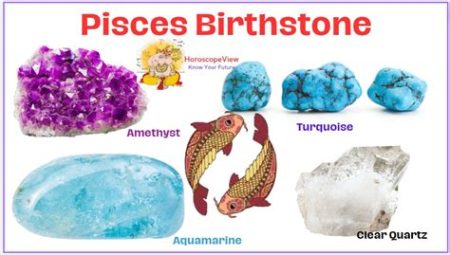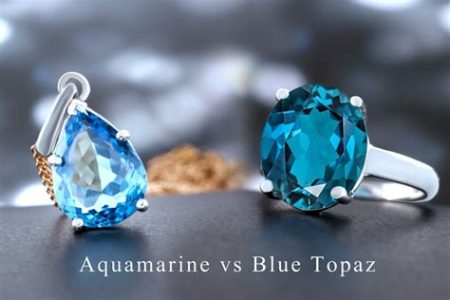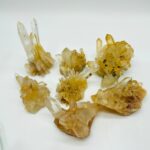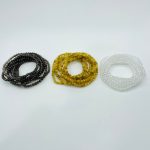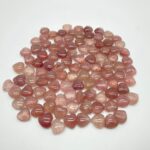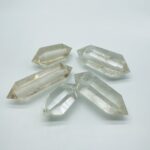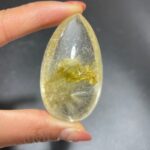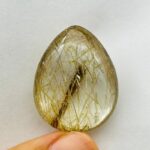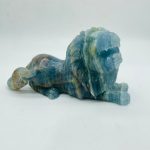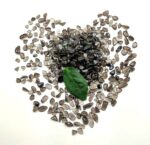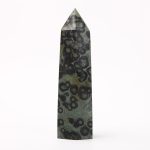Pyrite, also known as fool’s gold, is an iron sulfide mineral with a golden luster. It is a common mineral found in various geological environments. The value of pyrite depends on several factors, including its quality, size, and rarity.

Pyrite as a Mineral
Physical Properties
Pyrite has a hardness of 6-6.5 on the Mohs scale, making it harder than calcite but softer than quartz. It has a metallic luster and a brassy-yellow color. Pyrite often forms cubic crystals, but it can also be found in other shapes, such as octahedrons and pyritohedrons.
Chemical Composition
Pyrite is composed of iron and sulfur, with the chemical formula FeS2. It is a member of the sulfide mineral group and is closely related to other sulfide minerals such as marcasite, chalcopyrite, and galena.
Value of Pyrite
Jewelry and Decorative Uses
Pyrite has been used in jewelry and decorative objects for centuries. It is often cut and polished to create gemstones, beads, and other ornamental items. While pyrite is not as valuable as gold, it can still be a popular choice for jewelry due to its attractive appearance.
Industrial Uses
Pyrite is also used in various industrial applications. It is a source of sulfur, which is used in the production of sulfuric acid, fertilizers, and other chemicals. Pyrite can also be used as a source of iron in the steel industry.
Collector Value
Pyrite is a popular collector’s item, especially among mineral enthusiasts. Rare and well-formed pyrite crystals can fetch high prices on the collector’s market.
Factors Affecting Pyrite Value
Quality
The quality of pyrite is determined by its color, luster, and crystal formation. High-quality pyrite has a bright, golden luster and well-defined crystals. Pyrite with inclusions or imperfections is less valuable.
Size and Weight
Larger and heavier pyrite specimens are typically more valuable than smaller ones. This is because larger specimens are rarer and more difficult to find.
Rarity
The rarity of a pyrite specimen also affects its value. Rare pyrite crystals, such as those with unusual shapes or colors, can command a higher price.
Pyrite Value Comparison
| Characteristic | High-Value Pyrite | Low-Value Pyrite |
|---|---|---|
| Color | Bright, golden yellow | Dull, brassy yellow |
| Luster | Metallic | Non-metallic |
| Crystal Formation | Well-defined crystals | Poorly defined crystals |
| Inclusions | No inclusions | Inclusions or imperfections |
| Size | Large, heavy | Small, light |
| Rarity | Rare | Common |
Applications of Pyrite
Pyrite has a wide range of potential applications, including:
- Jewelry and Decorative Uses: Pyrite can be used to create gemstones, beads, and other ornamental items.
- Industrial Uses: Pyrite can be used as a source of sulfur and iron in various industrial applications.
- Collector Value: Pyrite is a popular collector’s item, especially among mineral enthusiasts.
- New Applications: Pyrite’s unique properties, such as its ability to absorb electromagnetic radiation, are being explored for use in new technologies, such as solar cells and batteries.
Tips and Tricks
- Identify pyrite: Pyrite can be identified by its brassy-yellow color, metallic luster, and cubic crystal formation.
- Clean pyrite: Pyrite can be cleaned using a mild detergent and a soft brush.
- Store pyrite: Pyrite should be stored in a dry place, away from moisture and direct sunlight.
- Avoid common mistakes: Common mistakes to avoid when working with pyrite include using harsh chemicals and storing pyrite in an environment that is too humid.
Step-by-Step Approach to Valuing Pyrite
- Examine the pyrite: Assess the pyrite’s color, luster, crystal formation, and size.
- Research the market: Check online auction sites and mineral collector websites to determine the current market value of pyrite with similar characteristics.
- Consider rarity: Determine if the pyrite specimen is rare or common.
- Determine the pyrite’s value: Based on the factors above, estimate the value of the pyrite specimen.
Pros and Cons of Pyrite
Pros
- Attractive appearance
- Relatively inexpensive
- Durable and hard-wearing
- Can be used in jewelry, decorative objects, and industrial applications
Cons
- Not as valuable as gold
- Can tarnish over time
- Can be confused with other minerals, such as gold and chalcopyrite
FAQs
- What is pyrite? Pyrite is an iron sulfide mineral with a golden luster.
- How much is pyrite worth? The value of pyrite depends on several factors, including its quality, size, and rarity.
- What are the uses of pyrite? Pyrite is used in jewelry, decorative objects, industrial applications, and as a collector’s item.
- How can I tell if pyrite is real? Pyrite can be identified by its brassy-yellow color, metallic luster, and cubic crystal formation.
- How can I clean pyrite? Pyrite can be cleaned using a mild detergent and a soft brush.
- How can I store pyrite? Pyrite should be stored in a dry place, away from moisture and direct sunlight.
- What are the potential applications of pyrite? Pyrite’s unique properties are being explored for use in new technologies, such as solar cells and batteries.
- What are the common mistakes to avoid when working with pyrite? Common mistakes to avoid include using harsh chemicals and storing pyrite in an environment that is too humid.

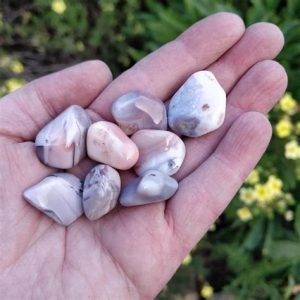
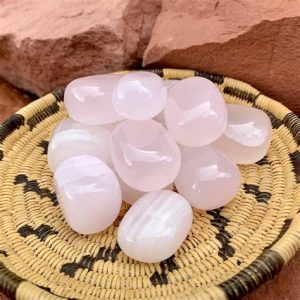
![🔮 Pink Carnelian: The Essential Guide [2025] 8 💰 How Much Is Pyrite Worth in 2025? 💰](https://wholesale-crystal.com/wp-content/uploads/2025/01/1737995002-450x300.jpg)

